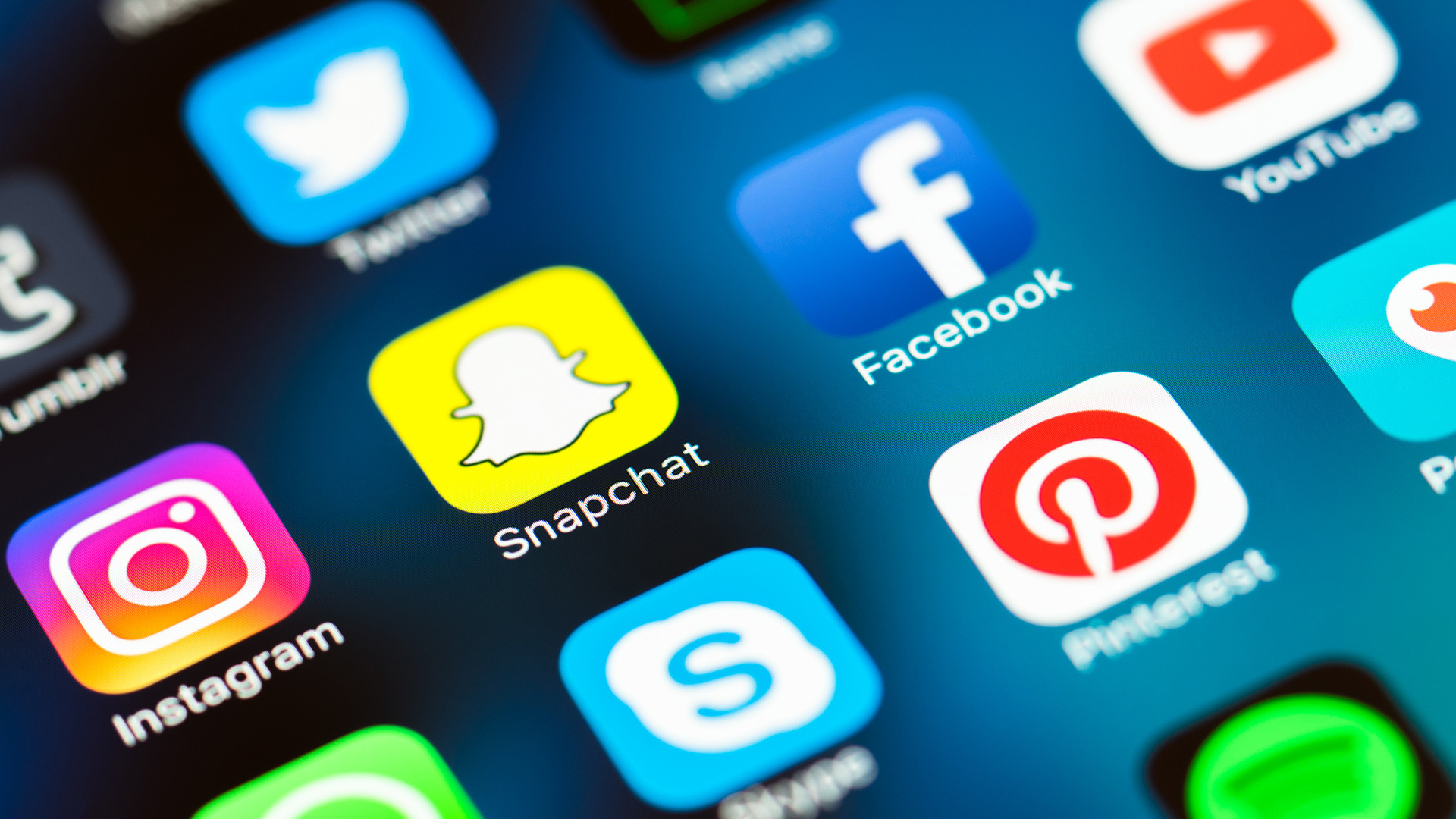3 Easy Ways to Protect Your Personal Information
October 15, 2018

As a part of our new Information Security program, our goal is to equip students and employees at Biola to recognize and respond to cyber security threats.
In honor of National Cybersecurity Awareness Month, here are 3 easy things you can do right now to protect your personal information and stay safe online.
Turn on 2-Factor Authentication
2-Factor Authentication (2FA) adds an extra layer of security to your account (if youŌĆÖve ever used online banking, youŌĆÖre already familiar with 2-Factor Authentication). Currently, 2FA is the best defense against phishing attacks. Eventually, all Biola accounts will require 2-Factor Authentication. For now, you can . Turning it on now will give you a head start.
Check Your App Privileges
Third party apps and services may have access to the data on your online accounts. If youŌĆÖve ever installed an app on Chrome or taken a Facebook quiz, youŌĆÖve probably clicked ŌĆ£Allow AccessŌĆØ without realizing what information you were giving away. Some of these apps are safe to use, but others are malicious and out to steal your data. Thankfully, most online services allow you to review your privacy settings and connected apps:
Change Your Passphrase
This summer, nearly 100 Biolans accounts were compromised by attackers based in Russia. What happened?
If you have previously fallen victim to a phishing attack, or if you have ever used a web service that was compromised, those account credentials could be .
Lists of compromised usernames and passwords are available on the Internet. Attackers who find or purchase a list of exposed credentials can use those credentials to propagate phishing, ransomware or other spam. If youŌĆÖve used the same password for a few years, you should go and change it now.
